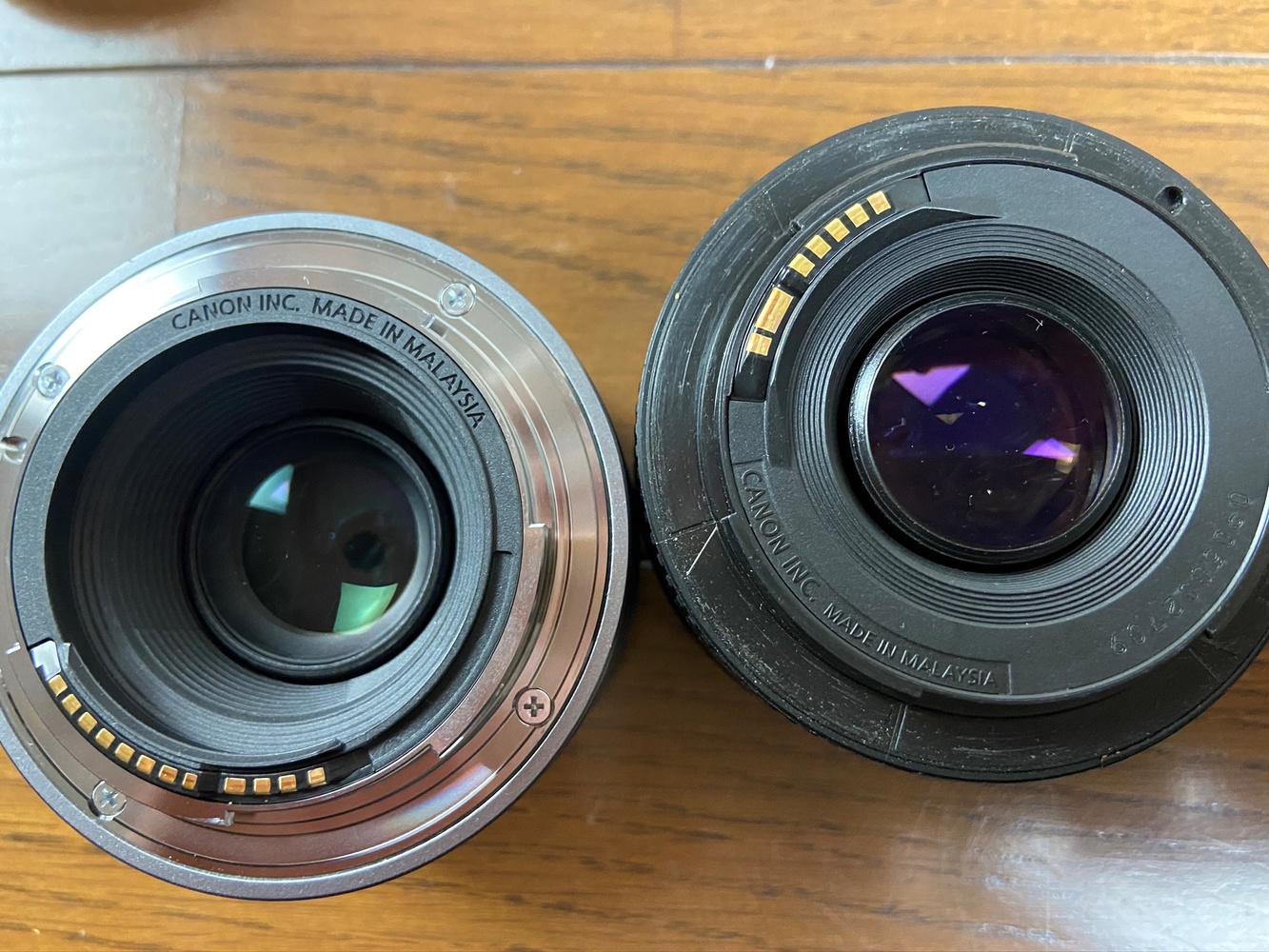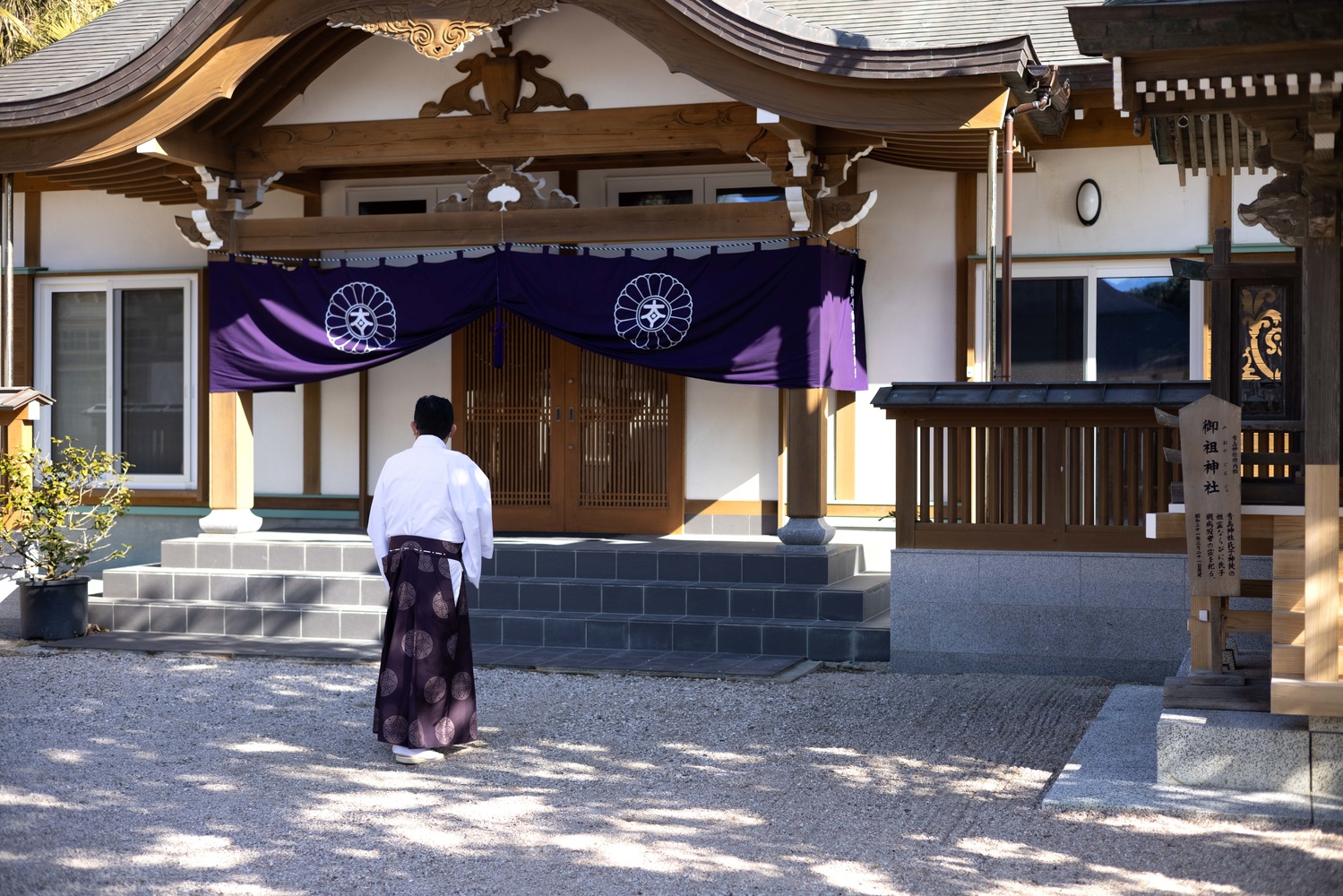I recently managed to get my hands on the much-coveted Canon RF 50mm f/1.8 STM lens, and after using it for a couple of weeks, I think it's fair to say this may well be the best lens of its kind. Read on for my review and sample images.
When people pull out that time-worn adage and say that you get what you pay for, they usually mean that cheaper prices for goods tend to correlate with lower quality. And so it is with camera gear, too. There's a very good reason that lenses can cost thousands upon thousands of dollars: they're amazing in every way imaginable, regardless of the criteria you bestow upon them. Indeed, many experienced photographers will advise you to spend your hard-earned money on glass, rather than worry about upgrading bodies. Be that as it may, the recently released Canon RF 50mm f/1.8 STM lens seems to counter all that good sense because it's extraordinarily good and costs under $200. Let's take a look at why it's got me so excited.
Build
If you were or are an owner of the old "nifty-fifty" EF 50mm f/1.8 STM lens, you know full well it's a great lens for its price but feels as plastic as a baby's bath toy. Thus, there's a good reason it's been dubbed the "plastic fantastic nifty-fifty". The image quality it produced was wonderful but felt cheap, the stepping motor was very loud, and it never filled you with confidence that it would be in your bag for decades. The new RF 50mm f/1.8 STM Lens couldn't be more different. Let's take a look at some images for comparison.

When you look at the two lenses side by side here, you really don't need to say much, as the image pretty much sums it all up. Sure, my old EF 50mm f/1.8 lens is on its last legs after years and years of use and abuse, and it shows, but you can clearly see that the build quality of the RF version on the left is far superior. In your hand, it just feels sturdier, more robust, and more carefully constructed. Interestingly, both lenses are made in Malaysia, which would go a long way to explaining why both are cheaper than Canon lenses made in Japan, such as the L Series lenses like the Canon RF 24-105mm f/4L IS USM Lens.

In terms of size, both lenses are almost identical in terms of physical length, as you can see from the image below. However, what I found most surprising was that they both weigh exactly the same: 160 g. Considering how much better the construction of the RF lens feels and looks, I was quite stunned when I checked the specs of both.

Like the older EF mount version, the newer RF 50mm f/1.8 lens has both autofocus and manual focus, even though they're written a little differently. On the newer RF version, you switch between "Focus" and "Control," but essentially, you're just switching between auto and manual focus, as you can use the focus ring at the front of the lens to manually override any autofocus settings.

When you pair the newer RF 50mm f/1.8 lens with the Canon EOS R5 body, it's quite a bit more compact than the 5D Mark IV paired with the older EF 50mm f/1.8 lens. However, having used both, there isn't much difference in total weight or feel in your hands. You can see how much smaller the mirrorless kit is in the image below, but that's simply down to the EOS R5 body being smaller than the 5D Mark IV.

Image Quality
In Japan, it's tradition to celebrate January 1st by going to a shrine with your family and praying for good fortune for the year ahead. Thus, it's always crowded, particularly at more popular, picturesque shrines, which I thought would provide the perfect environment to put the new RF 50mm f/1.8 lens through its paces. To be clear, I haven't done any sharpening whatsoever to any of the images here. Also, I didn't go above f/5.6 in any of the sample shots here because of circumstances, changing light, misbehaving children, and my tendency to use fast lenses that go as wide as f/1.8 in the relatively wide end of the spectrum. I mean, with a front filter thread of 43mm, it's unlikely you're going to use this lens as your default landscape lens, so I only really use it as a walkaround lens for shooting people and family when I'm out and about or in darker places like bars or restaurants where it might be inappropriate to use flash.

The image above was shot wide open at f/1.8 and shows the beautiful separation of subject and surrounding elements. There's a tiny hint of green chromatic aberration in the windows at the top of the frame, but that was instantly removed in Adobe Camera Raw with a single click. Along with the cheap price of $199, the most obvious selling point of the RF 50mm f/1.8 STM lens is its compatibility with the new mirrorless bodies, particularly the autofocusing system. For this image here, I set AF to Eye AF (people) and the lens instantly hit on my wife's eyes. It was lightning fast, despite the relatively narrow space to work. I was most impressed, and once it locked onto my wife's eye, it never left, making shot after shot so easy.

The great thing about Eye AF is that when an eye isn't in sight, the AF system continues to track your subject's head, ensuring that your selected subject always remains perfectly in focus. In the shot above, the AF system never left the shrine priest's head for a moment. It should also be noted that if you're using AF on the RF 50mm f/1.8 lens, then you can use the focus ring on the front of the lens for other things such as ISO control, aperture control, or exposure compensation. I have it set to control ISO, but you can set it however you want. That's another added feature and benefit that didn't exist on the old EF version.

One thing I really love about the RF 50mm f/1.8 lens is that it's small, compact, and inoffensive to people around you. At least, that's what I found when I was using it on this crowded day. I didn't feel any people trying to avoid me or scurry out of my way when they saw the foreigner holding the camera up in front of them, which is in stark contrast to some of the reactions I used to get with the Canon 5D Mark IV paired with the wonderful but hugely hefty Sigma Art 50mm f/1.4 lens. I absolutely love that lens, but it was hardly inconspicuous.

Indeed, I often used to get nervous smiles or uncomfortable reactions if I asked people for permission to take a photo when I was holding my old setup, but on this day at the shrine, I encountered nothing of the kind. That might have been purely coincidental owing to everyone's good spirits on this day, but it was certainly noticeable for me. An example of that is the shot above, where I asked the shrine priest if I could shoot inside the shrine. He didn't hesitate to let me know it was fine. It could all be my imagination, of course, but I definitely felt that the combination of the EOS R5 and the RF 50mm f/1.8 lens was very inoffensive to anyone around me.
I should also mention that I have had absolutely no issues with the noise of the STM (stepping) motor. Sure, it's not completely silent and it might present some issues for videographers using microphones, but from my viewpoint as a photographer, I have barely noticed it in any scenario, and it certainly shouldn't be cause for concern. It's far more silent than the old EF version.

Finally, from the perspective of a parent photographer who had to keep moving, chasing, shepherding, and retrieving my two young daughters, the RF 50mm f/1.8 lens was a dream to use. It's so light and small that I barely felt it around my neck. It certainly wasn't clunking into my hips or ribs like the Sigma Art 50mm used to. The added benefit of that is that it's so easy to whip up and into position when you see a good opportunity for a photo. It is really easy to shoot one-handed as long as you've got your settings dialed in, which was the case in the next image, as I was holding a bunch of ceremonial goodies in one hand as we bade farewell to the shrine.

Summing Up: Best Bang-for-Buck Lens?
In closing, I really can't think of too many lenses that can compete with the newly released Canon RF 50mm f/1.8 in terms of value for money. It's less than $200, it's fast, at f/1.8, it's well built and sturdy (though doesn't have weather sealing), it works seamlessly with Canon's new mirrorless range of cameras, and has an extra ring on the front that can be used to control aperture or ISO, which its predecessor never had. Add to that its outstanding image quality and I really can't see anything to complain about whatsoever. Did I mention it's only $199?
What are your thoughts? I'd love to hear from you in the comments below.







If I didn't already have the 50mm f/1.4 and the RF adapter i'd probably pick it up. Can never go wrong with a 50mm in your bag
I haven't been able to get my hands on the adapter yet. How is it in size? And more importantly, do all the functions of the camera work with the adapter/EF lens like Eye AF etc? Getting hold of one of those adapters is like stumbling onto lost bitcoin right now!
Grab any third party adapter instead. It's just a passthrough tube, no electronics, like the EF to EFM adapters. Third party adapters launched quickly because of this, and perform 100% the same as Canon's own.
That's what I figured, too, then I got lost down the well of reviews and kept seeing lost functionalities on 3rd party adapters so held off. Do you have one you've had good experiences with?
Your EF lens is not the EF 50/1.8 STM, it's the EF 50/1.8 II. The EF 50/1.8 STM is the newer version, with upgraded build quality (better/quieter focus system, more usable focus ring, metal lens mount, etc.)
The RF lens has better image quality than the EF versions, but the build quality is not notably better than the EF 50/1.8 STM.
Otherwise, this is a great little look at this lens.
Nice pickup. Thanks!
The manufacturers should pop in a 50/1.8 to all new DSLR-byers for free, just to make sure they get the quick-route to learn the difference between a DSLR and a phone-camera. Those high-f-numbered-kit-zoom-lenses all start with don't show the magic.
You could almost make the same argument for the EOS R5 owners! At $3900 I reckon a free RF 50mm f/1.8 would make a lovely (included) addition :)
I would recommend spending the extra money and getting a control ring adapter. The extra control comes in handy on adapted lenses.
Are you speaking from experience? I'm kind of torn between the two
The control ring adapter has been very useful on my EOS R, even though I mostly shoot with EF lenses and have had to consciously add it to my usage. I could see it being even better if you primarily shoot with RF lenses, and are used to having the control ring available to you.
Yes, I picked up a refurb cotrtol ring adapter from the Canon Online Store. The EF 70-200L IS F4 is spectacular on the R5 (as well as native on the 5DMK3).